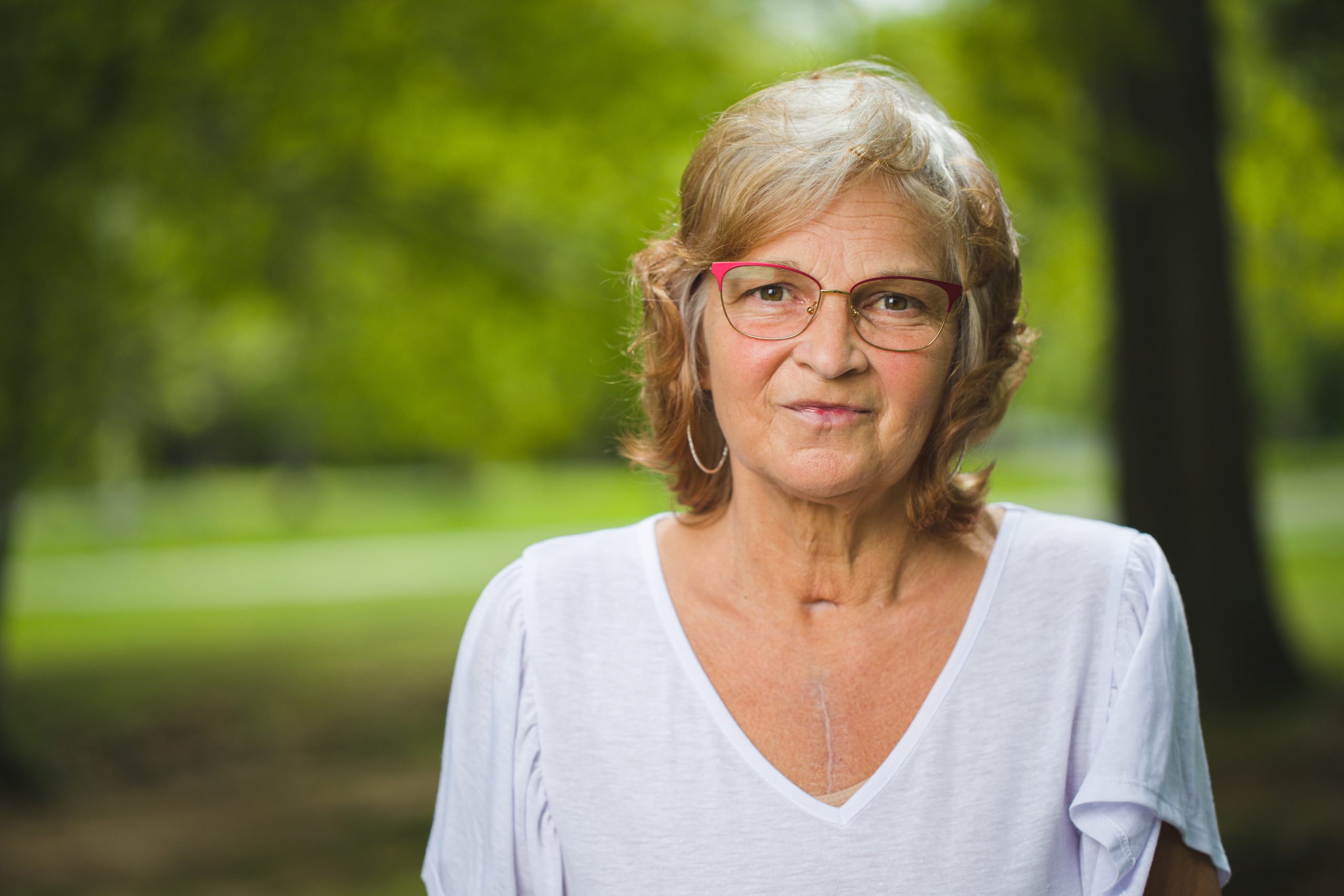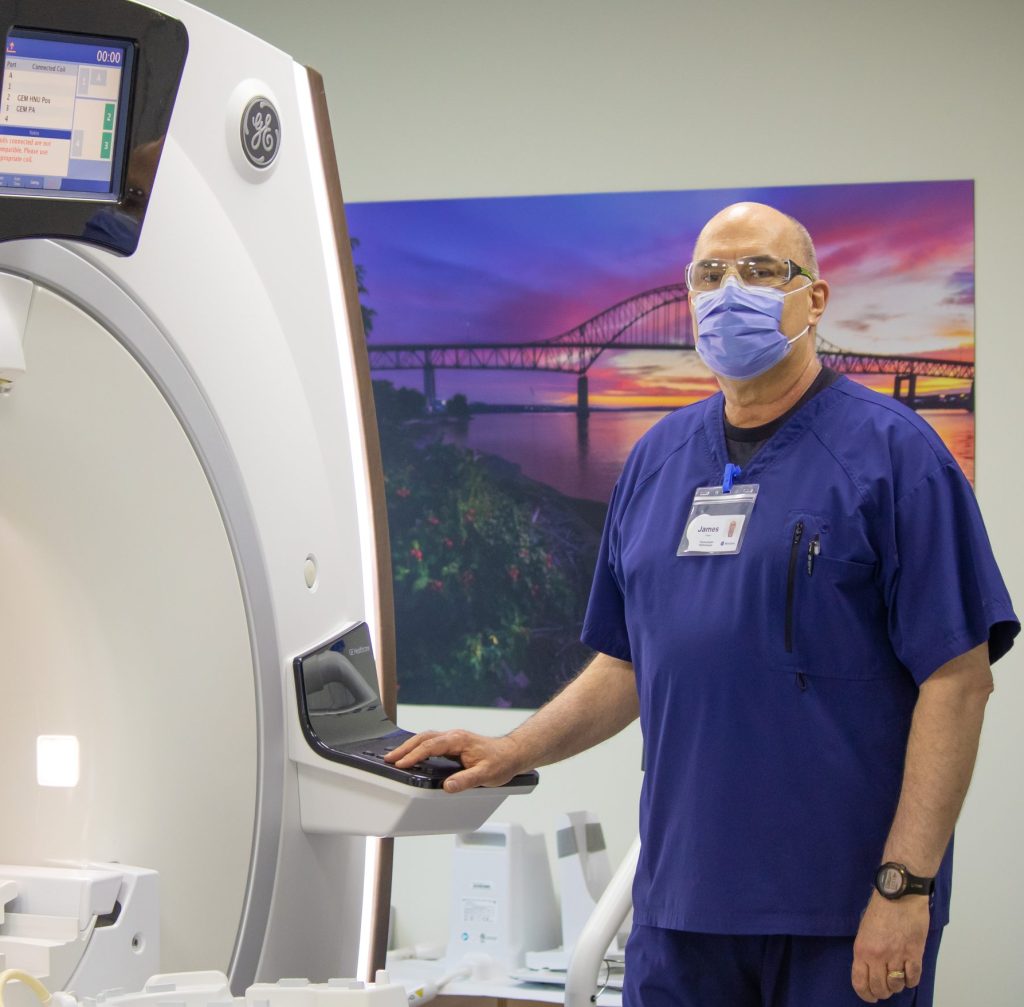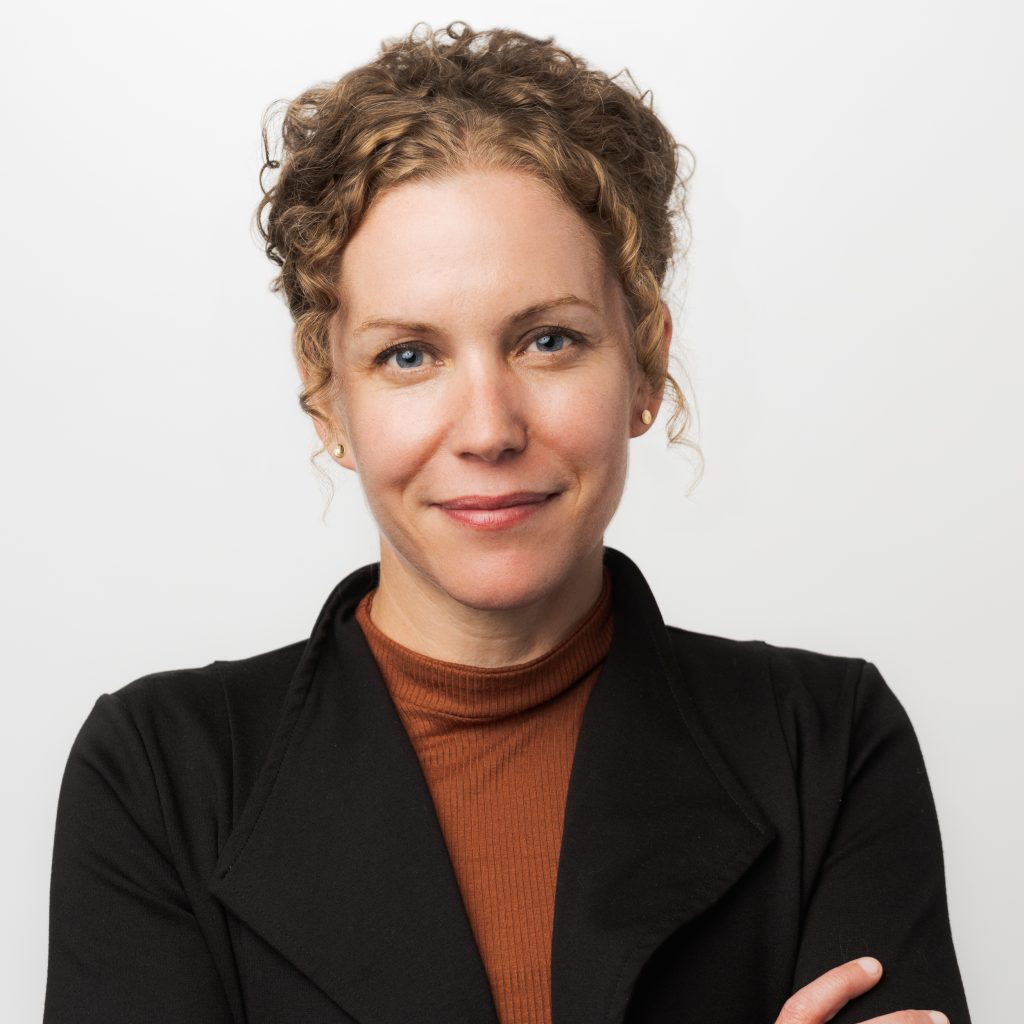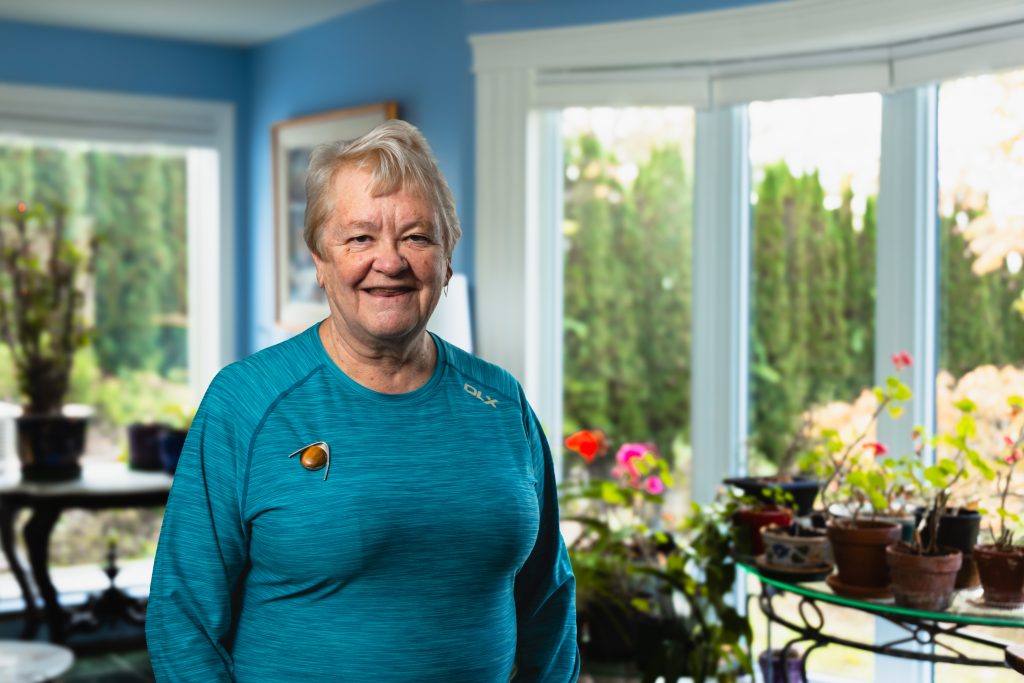News & stories, New Brunswick Heart Centre, Innovating to Save Lives
January 2020
Embracing advanced technologies to save lives and bring care closer to home
Michelle Price never had much time for doctors, check-ups or even those odd, bothersome pains that often accompany physical exertion and the inevitable effects of aging.

So the Fredericton resident didn’t pay much attention to persistent aches in her legs, back and chest, assuming she had pinched a nerve or pulled a muscle during the ordinary course of her work with a moving company.
It wasn’t until last December when she found herself on the floor of her bedroom late one night, gasping for breath, that she realized she may have been wrong about the pinched nerve. In fact, Ms. Price, 53, was having a massive heart attack – the kind that’s almost always fatal were it not for the advanced technology and care available at the New Brunswick Heart Centre at the Saint John Regional Hospital.
Rushed from Fredericton to the Heart Centre, Ms. Price was in a coma for two weeks and doesn’t know many of the details of the medical struggle to save her life. She only knows that cardiac surgeon Dr. Christopher White and the medical staff at the Regional fought to keep her alive. She will be forever grateful.
I count my lucky stars every day that I’m still here. The hospital, the staff – they were perfect. Everyone was so kind. And if it hadn’t been for Dr. White, well, I don’t think I’d be here today. - Michelle Price
She’s also thankful for something called ECMO – a key factor in her survival.
Dr. White, a recent addition to the Heart Centre team, is spearheading efforts to build and grow the centre’s mechanical circulatory support program – a fast-growing and innovative area of medicine that can be used to save people like Ms. Price from the brink of death.
One form of mechanical circulatory support is known as ECMO, which stands for extracorporeal membrane oxygenation. It’s a therapy that adds oxygen to blood and, like a heart, pumps it through the body. It’s similar to the heartlung machines used in surgery but it can be used at a patient’s bedside for longer periods of time. ECMO temporarily takes over the work of the heart and lungs so they can rest and heal.
“It’s a fancy term for a big pipe that drains blood out of the body, out of a major central vein,” Dr. White says. “The blood is pumped through an oxygenator that provides gas exchange and is pumped back into the body either into the venous system or arterial system. How you configure the plumbing depends on which organs you need to support, be it the heart, the lungs or both.”
It can be used in a wide variety of situations, including heart attacks, drownings and even COVID-19 patients whose lungs have been ravaged by the virus.
Two portable ECMO machines were recently acquired for the Heart Centre by the Saint John Regional Hospital Foundation, thanks to generous donor support for the foundation’s NB COVID-19 Emergency Response Fund. The fund, established to be used in areas of greatest need in the province during the pandemic, has seen donations of more than $1.1 million.
Dr. White is pleased with the two new ECMO machines, which will allow for greater use of the life-saving technology. He says ECMO was instrumental in saving Ms. Price’s life after she suffered what he described as a “massive heart attack.” Her interventional cardiologists were able to stent the culprit artery but she remained in critical cardiogenic shock. Her other clogged arteries were bypassed in surgery and Dr. White says the only way she made it out of the operating room was with ECMO supporting both her heart and lungs.
“Over the following week, we were able to wean her to a pump supporting only the left side of her heart, and eventually, off all mechanical circulatory support so her heart was on its own. Then began the long process of getting her off the ventilator, out of the ICU, and she survived all of that. Without ECMO, she would not have
made it out of the operating room.”
The Heart Centre’s immediate goal is to continue growing the shortterm ECMO program. But the long-term goal is the establishment of a program offering permanent pumps (left ventricular assist devices) that are implanted into patients – a much bigger problem to tackle.
“Currently, the few patients who receive the permanent pumps have to go to Halifax,” he says. “The goal is to take care of them here.”
The obvious reason, he says, is the benefit of not forcing families to travel and live outside the province during a stressful health event. Dr. White says if the Heart Centre can provide the permanent pump service, it would be better for patients.
“They have to be followed lifelong,” he says of the permanent implants.
If we had a program here providing the care, we would be able to help a greater number of people with less stress and commitment from the patient in terms of having to travel. - Dr. Christopher White, Cardiac Surgeon
Dr. White says Halifax will continue to be the centre for transplantation in the region, but he would like to see the New Brunswick Heart Centre program grow along with the services offered in Halifax.
“I did a fellowship for a year at Duke University in heart/lung transplantation and mechanical circulatory support,” says Dr. White, who also studied at universities in Manitoba and Alberta. “It’s not just the temporary pumps that can help people, but permanent pumps can be implanted in patients with end-stage heart failure.”
Dr. White stresses that a mechanical circulatory support program is a major undertaking requiring teams of highly-trained individuals.
“It’s the nurses in the operating room, the perfusionists who run the heart-lung machines and the ECMO pumps, and the cardiac anesthesiologists who play a huge role in the operating room and the ICU,” he says. “Then it’s the nurses, physiotherapists, respiratory therapists, pharmacists, and our interventional radiology colleagues that facilitate recovery. Finally, our cardiology colleagues are vital to the long-term care of these patients before and after surgery.
“It takes a lot of input and support from a variety of programs to make the technology successful. As the saying goes, it takes a village….” He says the technology is a huge investment and the patients require intensive care in hospital and on discharge, but it is life-saving.
“It is hand-picked therapy for patients who can really benefit from it.”


